Art of 17th century Dutch Republic and Flanders: The Museum of Fine Arts, Boston
[image: Detail of portrait of woman in a dress and head covering, seated in front of a landscape painting on an easel] Credit *Self-Portrait of the Artist in Her Studio*, about 1680 (detail) Maria Schalcken (Dutch, 1645/50–before 1700) Oil on panel * Gift of Rose-Marie and Eijk van Otterloo, in support of the Center for Netherlandish Art * Photograph © Museum of Fine Arts, Boston In the 17th century, global commerce fueled the economy of the Netherlands and Flanders and sparked an artistic boom. Merchants sailed from Amsterdam, Antwerp and other ports across seas and ocea... read more
Art of Ancient Greece, Rome and the Byzantine Empire: The Museum of Fine Arts, Boston
[image: Detail of Byzantine mosaic depicting two figures said to be the personfication of Pleasure and Wealth] Credit *Mosaic with personifications of Pleasure and Wealth (detail)* 6th century C.E. Stone and glass tesserae * Gift of George D. and Margo Behrakis * Photograph © Museum of Fine Arts, Boston The Museum of Fine Arts, Boston (MFA), is unveiling an ambitious transformation in the George D. and Margo Behrakis Wing for Art of the Ancient World: five reimagined galleries for the art of ancient Greece, Rome and the Byzantine Empire that tell new stories about some of the... read more
Baselitz The retrospective
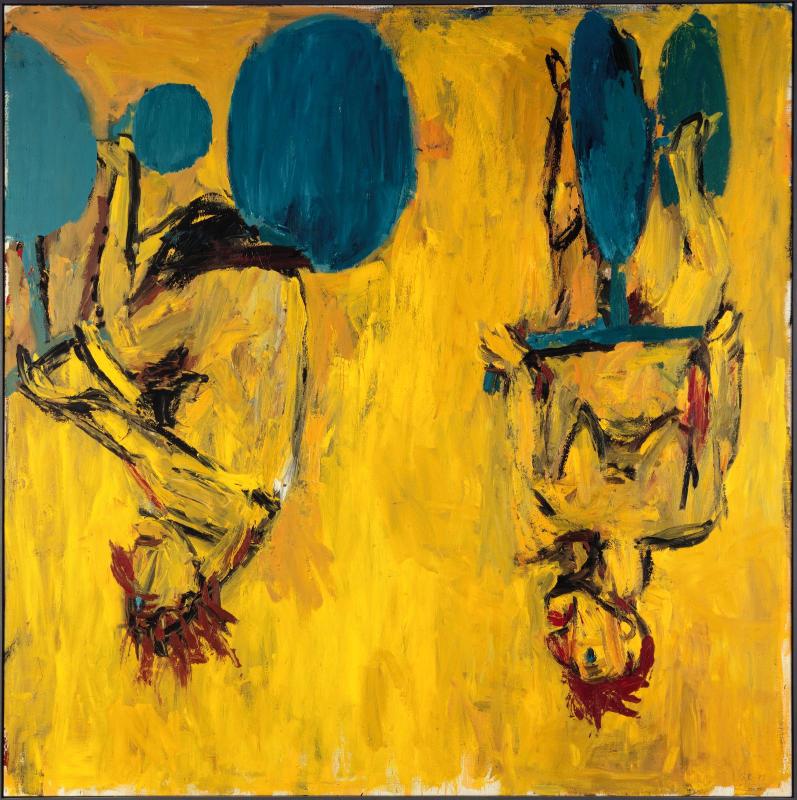
*Centre Pompidou* *20 October 2021 – 7 March 2022 * Curators *Bernard Blistène *and *Pamela Sticht * *Excellent article - lots more images* Born in 1938, Hans-Georg Kern (his real name) was marked by his childhood in Saxony during the Nazi period and by the atrocities of war he was witness to. He was born in the village Großbaselitz (renamed Deutschbaselitz in 1948) which inspired the pseudonym he adopted in 1961. As of 1949, he grew up under the authoritarian regime of the German Democratic Republic, where abstract painting was prohibited, as an alleged expression of ‘capi... read more
From Hassam to Wyeth: Gifts from Doris and Shouky Shaheen
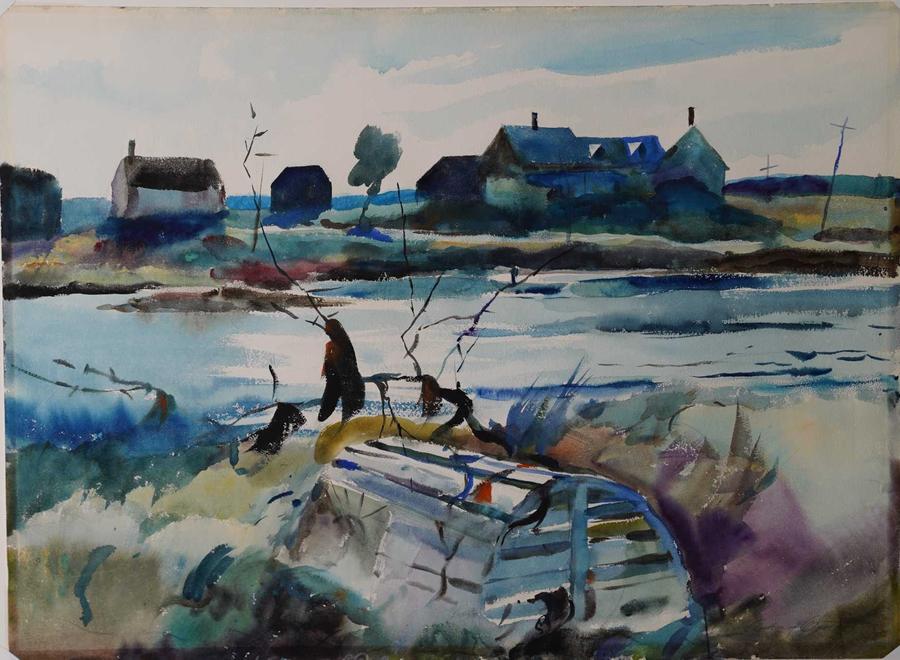
*Norton Museum of Art* *December 10, 2021 – May 1, 2022* Andrew Wyeth (American, 1917-2009) The Lobster Trap, 1937. Watercolor on paper. Gift of Doris and Shouky Shaheen. ©Andrew Wyeth / Artists Rights Society (ARS), New York*Norton Museum of Art* Childe Hassam (American, 1859–1935), Wainscott Links, 1907. Oil on canvas, Canvas: 23 ½ x 29 in. (59.7 x 73.7 cm), Frame: 33 1/8 x 39 x 3 in. (84.1 x 99.1 x 7.6 cm). Gift of Doris and Shouky Shaheen.*Norton Museum of Art* The Norton Museum of Art will open *From Hassam to Wyeth: Gifts from Doris and Shouky Shaheen* (December 10, 2021 – Ma... read more
Alex Katz
*Thyssen-Bornemisza National Museum* *14 June to 11 September 2022* For the first time in Spain, the museum is presenting a retrospective on the American painter Alex Katz (born New York, 1927), one of the key figures in the history of 20thcentury American art and a forerunner of Pop Art who continues active today. The exhibition is curated by Guillermo Solana, the museum’s artistic director, and it benefits from the support of the artist and his studio, who are in close contact with this project. The display includes around 30 large-format oils accompanied by various studies, of... read more
Holbein: Capturing Character
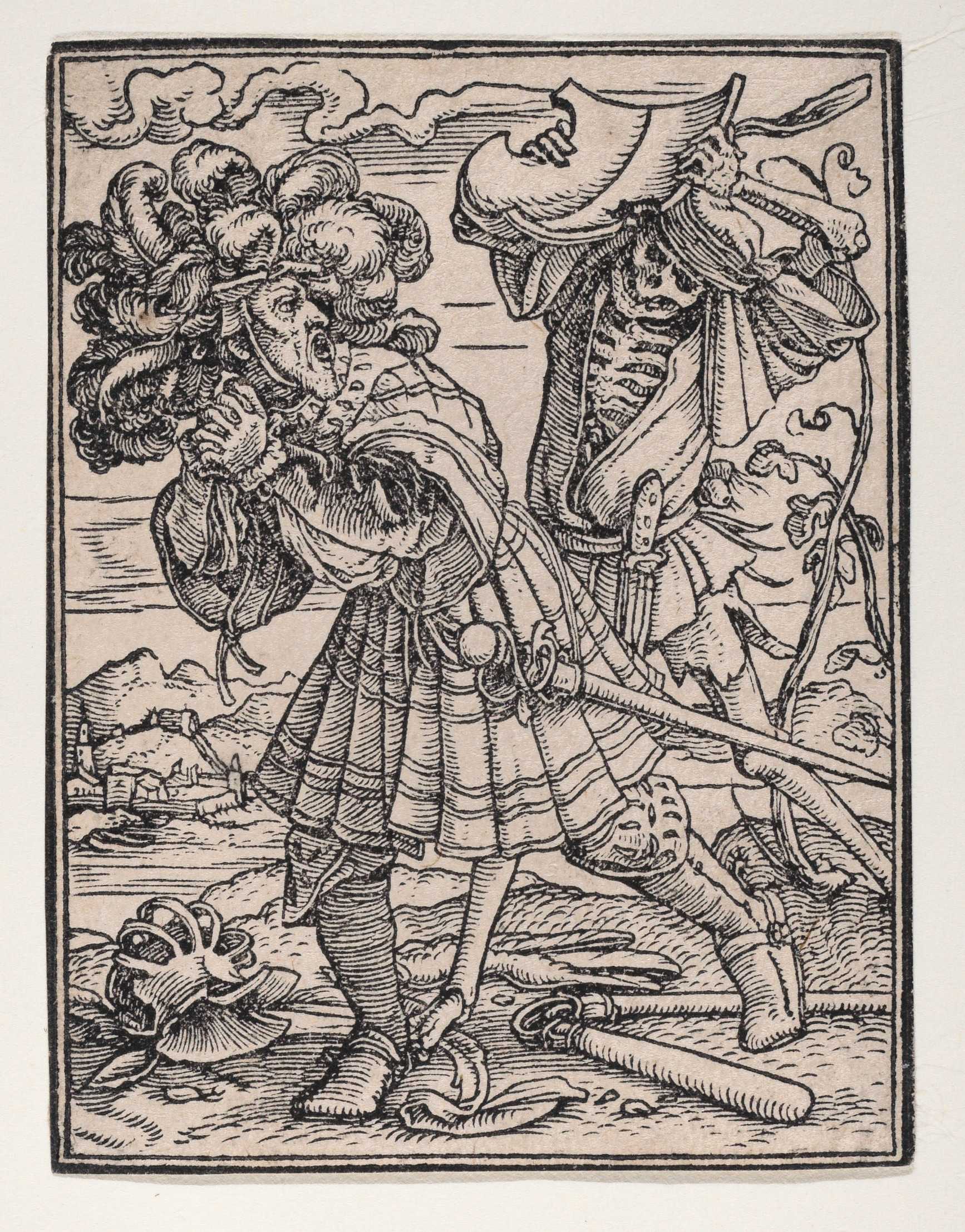
* J. Paul Getty Museum at the Getty Center * *October 19, 2021, to January 9, 202* *The Morgan Library & Museum* *February 11, 2022 through May 15, 2022* Co-organized with the J. Paul Getty Museum, Los Angeles, this marks the first major U.S. exhibition dedicated to the art of Hans Holbein the Younger (1497/98– 1543). The Morgan’s display will feature around sixty objects from over twenty lenders across the globe, including thirty-one paintings and drawings by Holbein himself. Hans Holbein the Younger was among the most skilled, versatile, and inventive European artists of the... read more
Christie’s 19th Century American Art | JANUARY 19
Christie’s will launch 19th Century American Art during the January 2022 Americana Week. The curated sale of 69 lots is dedicated to 19th Century American paintings, drawings and sculpture, and is anchored by two noteworthy collections from Houston, Texas—the James William Glanville and Nancy Hart Glanville Collection and the Estate of Patrick Rutherford, Jr.—which feature important works by Albert Bierstadt, Frederic Church and John Frederick Kensett. Leading the sale is the resplendent *In the Yosemite* by Albert Bierstadt which captures the awe of Cathedral Rocks on a cryst... read more
Walker Art CenterDecember 18, 2021–August 21, 2022 - facebook - twitter - email David Hockney, *Piscine à minuit, Paper Pool 19*, 1978. Gift of Ken and Lindsay Tyler, 1983. Courtesy Walker Art Center. First gaining attention in the 1960s Pop era with his brightly colored portraits and landscapes, David Hockney (UK, b. 1937) has remained a constant presence in contemporary art, revisiting and reinterpreting favorite themes over six decades through experimentation with a range of media, from painting and printmaking to theater set design and, more recently, digital media. Hock... read more
Wayne Thiebaud 100: Paintings, Prints, and Drawings
*The McNay Art Museum *is pleased to present *Wayne Thiebaud 100: Paintings, Prints, and Drawings*, an extensive, celebratory survey featuring a full range of the California artist’s achievements on canvas and paper in an exhibition on view at the McNay from *October 28, 2021 to January 16, 2022.* Wayne Thiebaud, *Pies, Pies, Pies, *1961. Oil on canvas, 20 x 30 in. Crocker Art Museum, gift of Philip L. Ehlert in memory of Dorothy Evelyn Ehlert, 1974.12. © 2021 Wayne Thiebaud / Licensed by VAGA at Artists Rights Society (ARS), NY. Opening in Thiebaud’s 100th year, the career-span... read more
Late Constable

*The Royal Academy* *30 October 2021 – 13 February 2022 * The Royal Academy presents the first survey of the late work of John Constable (1776-1837). Late Constable will explore the last twelve years of the artist’s career, from 1825 until his unexpected death in 1837. Characterised by the expressive brushwork that came to define Constable’s late career, the exhibition brings together over 50 works including paintings and oil sketches as well as watercolours, drawings and prints, taking an in-depth look at the development of the artist’s late style. Constable was born and raised... read more
RSS Rijksmuseum to Stage the Largest Vermeer Exhibition Ever
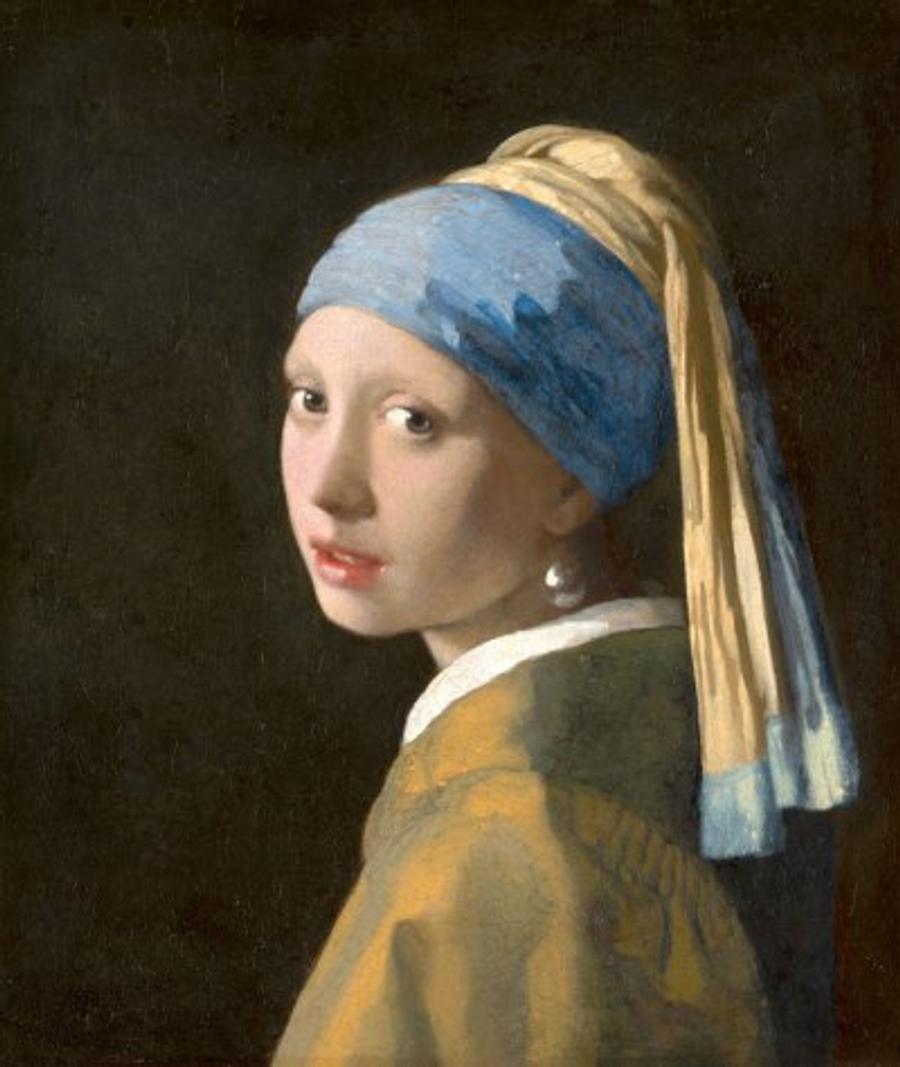
* Rijksmuseum* *February 10 to June 4, 2023* Johannes Vermeer, The Girl with the Pearl Earring, 1665.*Mauritshuis in The Hague* In the spring of 2023, the Rijksmuseum, the national museum of the Netherlands, will dedicate a retrospective exhibition to the 17th-century master Johannes Vermeer for the first time in its history. With loans from all over the world, this promises to be the largest Vermeer exhibition ever. The Rijksmuseum itself has four masterpieces by Vermeer, including the world-famous *Milkmaid *and *The Little Street*. The exhibition is a collaboration between th... read more
The Magritte machine
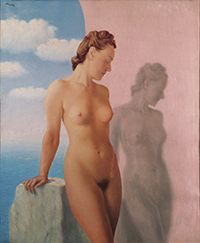
*Museo Nacional Thyssen-Bornemisza* *From 14 September 2021 to 30 January 2022* Curator: Guillermo Solana The Museo Nacional Thyssen-Bornemisza is holding the first retrospective in Madrid on the Belgian artist and leading Surrealist René Magritte (1898-1967) since the exhibition held at the Fundación Juan March in 1989. Its title, *The Magritte machine*, emphasises the repetitive and combinatorial element present in the work of this painter, whose obsessive themes constantly recur with innumerable variations. Magritte’s boundless imagination gave rise to a very large number of ... read more
Italian painting from the fourteenth to the eighteenth century
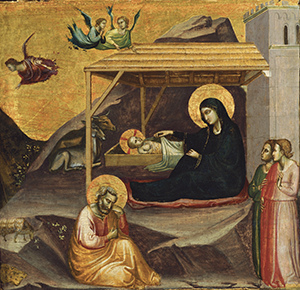
Italian painting from the fourteenth to the eighteenth century from Baron Thyssen-Bornemisza’s Collection at the MNAC *Madrid, Museo Nacional Thyssen-Bornemisza,* *.From 25 October 2021 to 9 January 2022* Curator: Mar Borobia When the Museo Thyssen-Bornemisza opened in 1992 an important and representative selection of nearly 80 works of the Italian and German schools was placed on long-term deposit for display at the Monastery of Pedralbes in Barcelona through an agreement reached between Baron Hans Heinrich Thyssen-Bornemisza and the city’s mayor, Pasqual Maragall. In 2004 that grou... read more
American Art from the Thyssen Collection
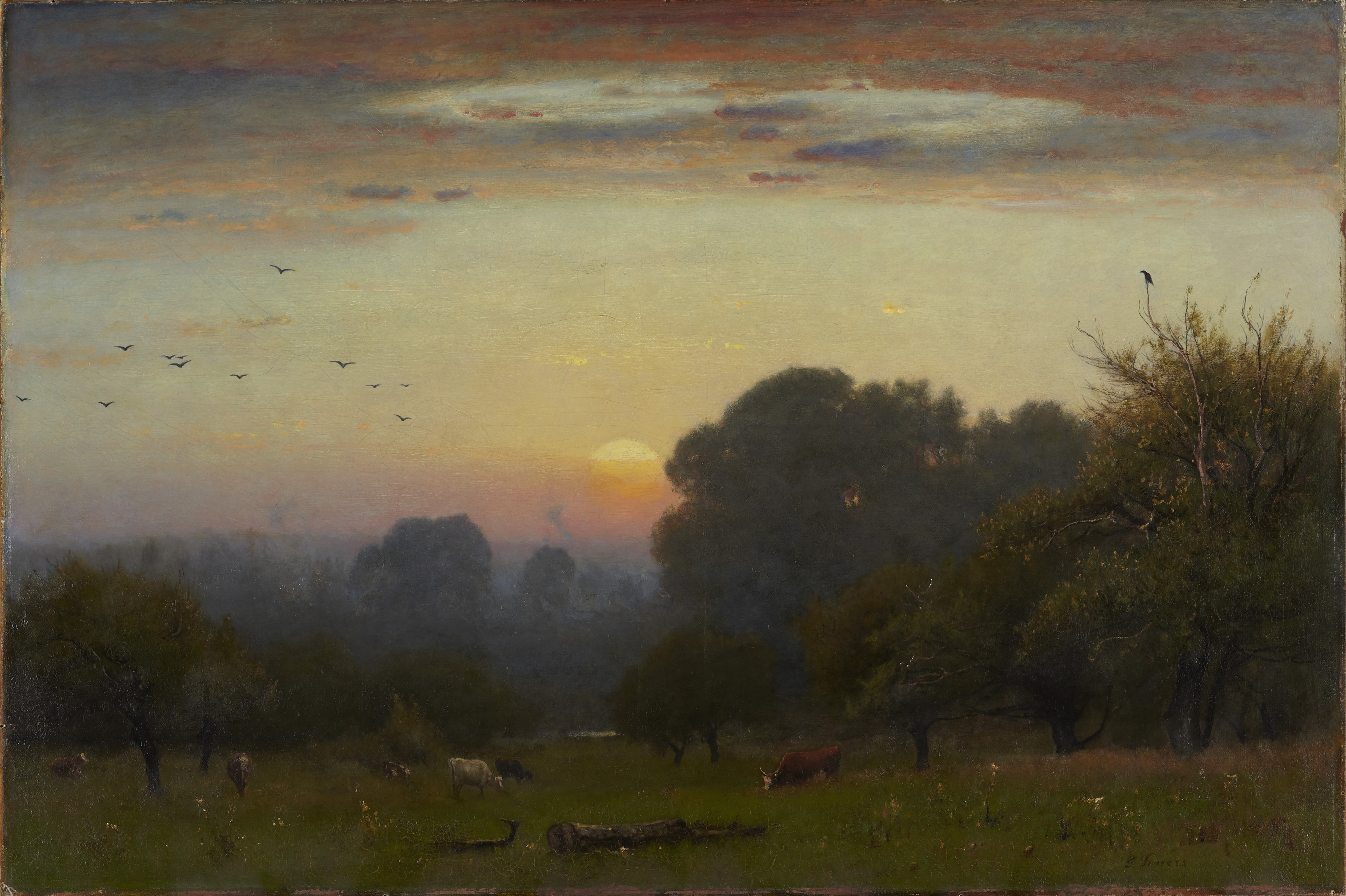
* Museo Nacional Thyssen-Bornemisza * *4 December 2021 to 26 June 2022* Curators: Paloma Alarcó and Alba Campo Rosillo In the final event of a year that has paid tribute to Baron Hans Heinrich Thyssen-Bornemisza (1921-2002), marking the 00th anniversary of his birth, the Museo Nacional Thyssen-Bornemisza is presenting an exhibition which brings together the magnificent collection of American art assembled by the Baron over more than three decades. The works on display come from both the Thyssen family and the Carmen Thyssen-Bornemisza collections, as well as and principally from the... read more
An American Place: Highlights from the James and Barbara Palmer Collection
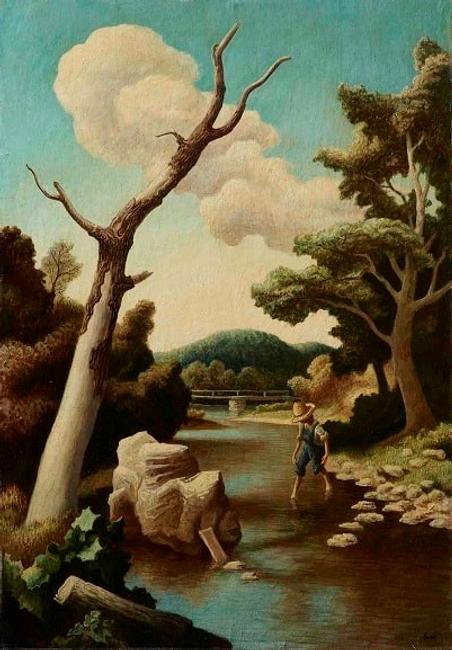
* Palmer Museum of Art* *Jan. 29 through April 24, 2022* Thomas Hart Benton (American, 1889–1975), Shallow Creek, 1938–39, oil and Egg tempera on canvas mounted on board, 36 x 25 inches. Bequest of James R. and Barbara R. Palmer, 2019.31. © 2021 T.H. and R.P. Benton Trusts / Licensed by Artists Rights Society (ARS), New York Pancrace Bessa (French, 1772–1846), Hyacinthus Orientalis, 1810–1826, watercolor on white vellum, 7 3/8 x 4 9/16 inches. Presented in memory of James Rea Maxwell Jr., Class of 1921, 74.4 *An American Place: Highlights from the James and Barbara Palmer Collect... read more
Frida Kahlo, Diego Rivera and Mexican Modernism from the Jacques and Natasha Gelman Collection

*Norton Museum of Art* *October 23, 2021-February 6, 2022* Featuring over 150 paintings, works on paper, photographs, and period clothing collected by Jacques and Natasha Gelman, the exhibition includes the largest group of works by *Frida Kahlo and Diego Rivera* ever on view at the institution. Presenting these artists’ creative pursuits in the broader context of the art created during the renaissance following the end of the Mexican Revolution in 1920, the exhibition also includes work by Manuel and Lola Álvarez Bravo, Miguel Covarrubias, Gunther Gerzso, Graciela Iturbide, Mar... read more
Strict Beauty: Sol LeWitt Prints
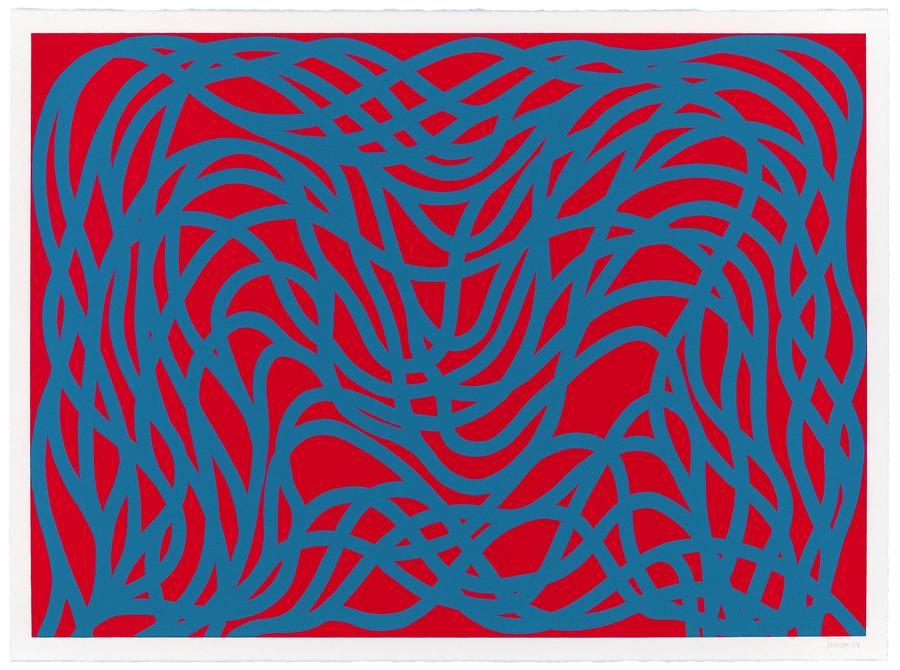
*New Britain Museum of American Art,* *through January 9, 2022* *Williams College Museum of Art* *Feb. 18 to June 12, 2022* Sol LeWitt, Loopy/Doopy, Blue-Red, 2000. Color woodcut. New Britain Museum of American Art. The conceptual artist Sol LeWitt (1928–2007) is best known for his programmatic wall drawings and modular structures, but alongside these works he generated more than 350 print projects, comprising thousands of lithographs, silkscreens, etchings, aquatints, woodcuts, and linocuts. On view at Connecticut's New Britain Museum of American Art, through January 9, 2... read more
The Credit Suisse Exhibition Lucian Freud: New Perspectives
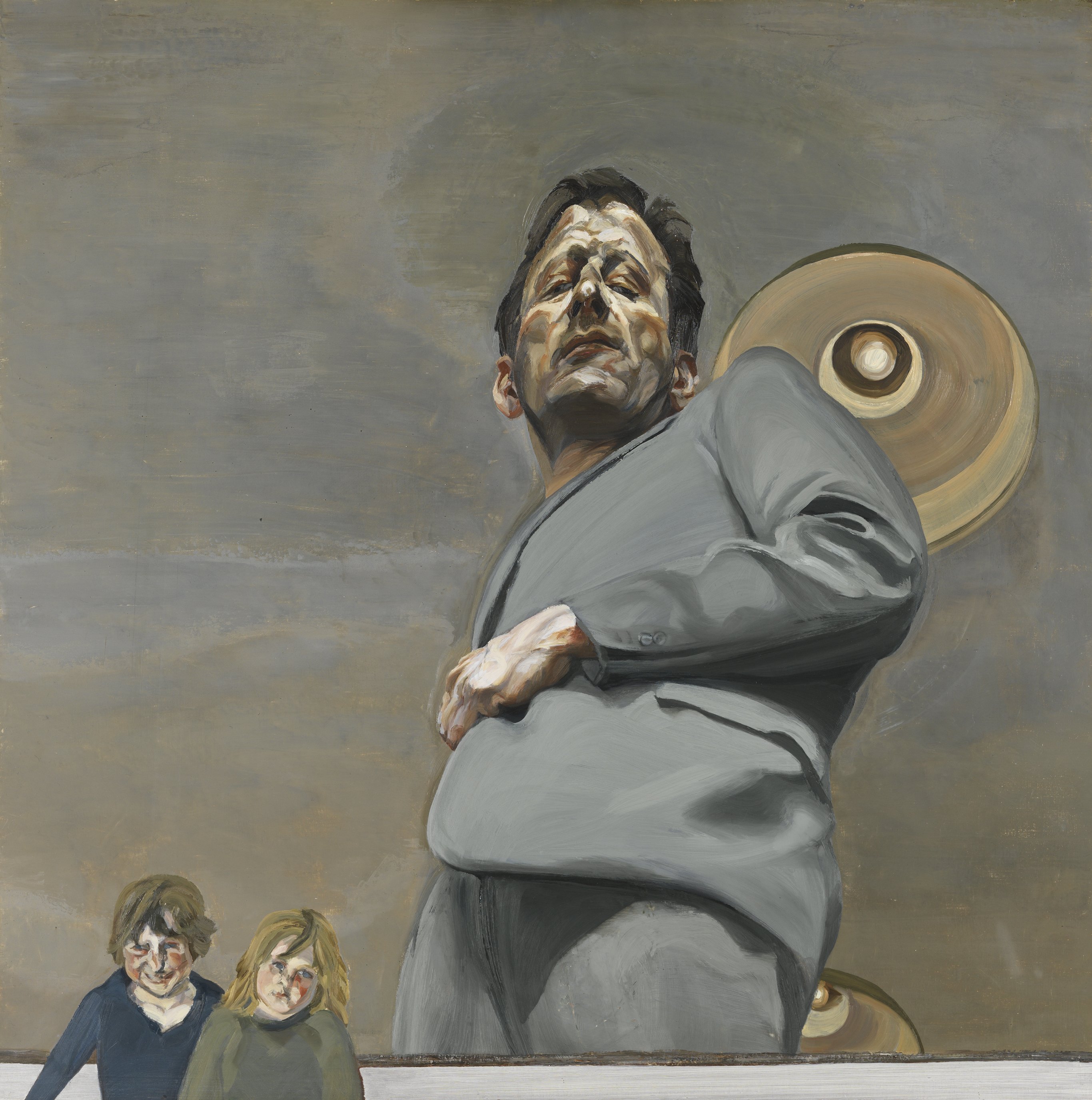
*The National Gallery will stage a landmark exhibition to mark the centenary of the birth of the great 20th-century artist Lucian Freud (1922–2011 October 1, 2022 to January 22, 2022.* This first major survey of his paintings for 10 years will bring together a large selection of his most important works from across seven decades – spanning early works such as Image: Lucian Freud, 'Girl with Roses', 1947-8. Courtesy of the British Council Collection. Photo © The British Council © The Lucian Freud Archive / Bridgeman Images 'Girl with Roses' (British Council Collection) from th... read more
Last Summary;
Latest Art History News



















